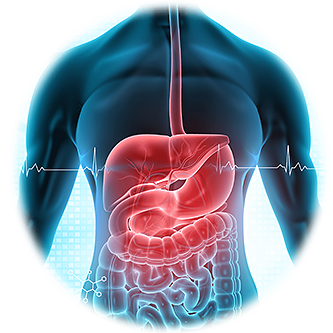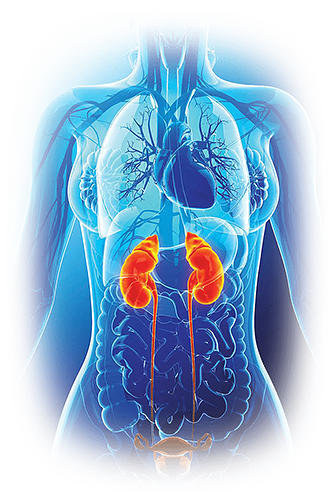Login
For Clinician Providers
For Clinician Providers
For Patients
Specimen Collection
What we need to provide high-quality results
To obtain the desired lab test result, it is essential that the phlebotomist, or medical staff person taking the patient sample, knows what kind of specimen is needed and at what temperature it should be stored. There are specific requirements when collecting the specimen for each lab test.
The phlebotomist or medical staff person should review the requirements for each test prior to patient sampling by consulting the Laboratory Test Directory on this website. This directory lists what is needed and how it should be stored for over a thousand tests. We regularly update this directory as new tests become available. The tests can be browsed alphabetically, and the directory can also be searched. By following the specific test requirements, the accuracy and precision of the results can be guaranteed.
Common collecting errors to avoid
- Insufficient specimen quantity
- A specimen cannot contain less than the stated minimum for a particular test. Stated minimums are absolutely necessary for processing.
- Whole blood should be drawn in an amount 2.5 times the volume of serum or plasma required for a particular test. For example, if 4 ml of serum are required, draw at least 10 ml of whole blood.
- Filling a tube too high with a specimen that requires freezing.
- Hemolysis due to improper specimen collection or handling.
- Improper container for specimen collection.
- Patient guidance that is inaccurate or incomplete.
- Labeling a specimen incorrectly or failing to provide all pertinent information.
- Loose container lids that lead to leakage or specimen contamination.



